Digital Classroom
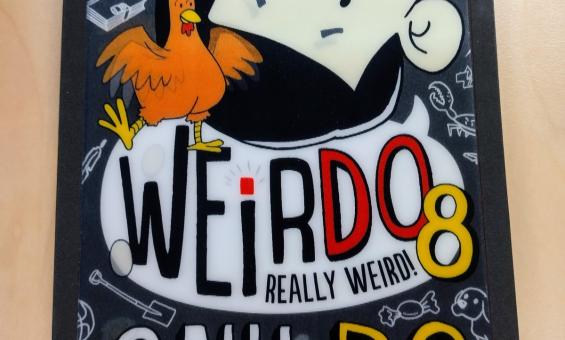
Anh Do & Jules Faber, WeirDo, 2017, nla.gov.au/nla.cat-vn7289358
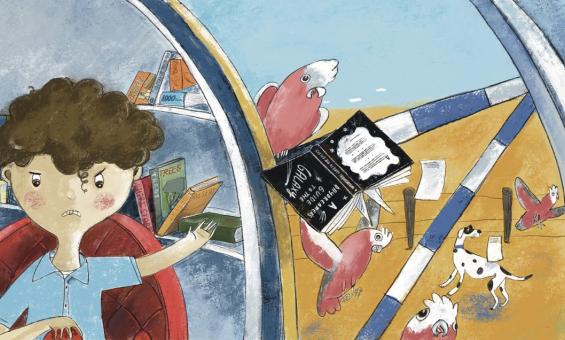
Emma Allen & Lisa Coutts, The Great Book-Swapping Machine, 2021, nla.gov.au/nla.cat-vn8630184
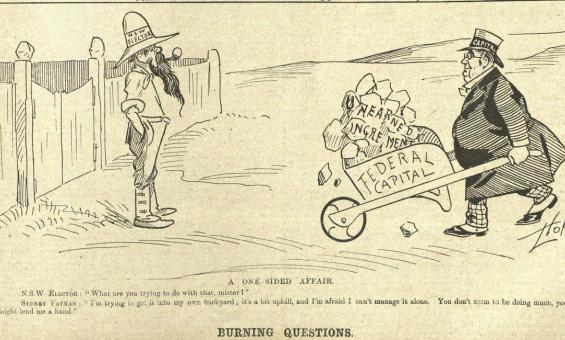
(1880) The Bulletin, nla.gov.au/nla.obj-683703369
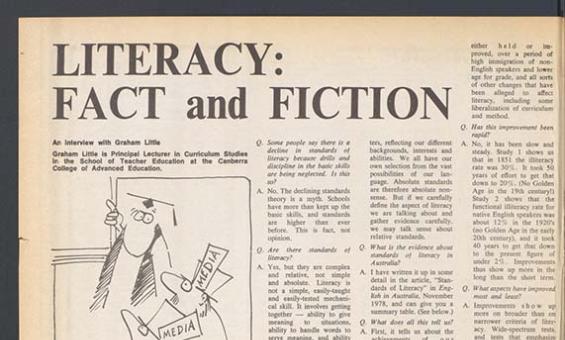
N.S.W. Teachers' Federation & New South Wales Public School Teachers' Federation. (1919). LITERACY: FACT and FICTION, Education : journal of the N.S.W. Public School Teachers Federation, nla.gov.au/nla.obj-710682297
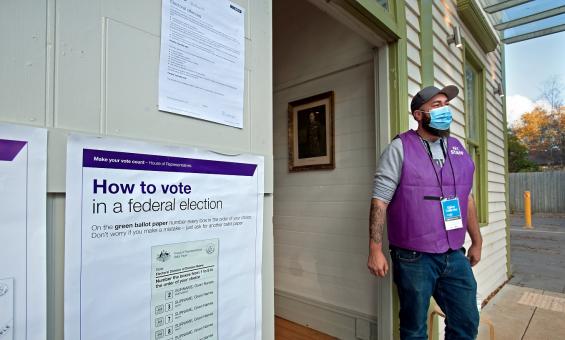
Sandy Scheltema, Australian Electoral Commission officer standing next to a 'How to Vote in a Federal Election' poster outside the polling place in Glenlyon Hall, during the Australian federal election, Glenlyon, Victoria, 21 May, 2022, nla.gov.au/nla.obj-3108998796
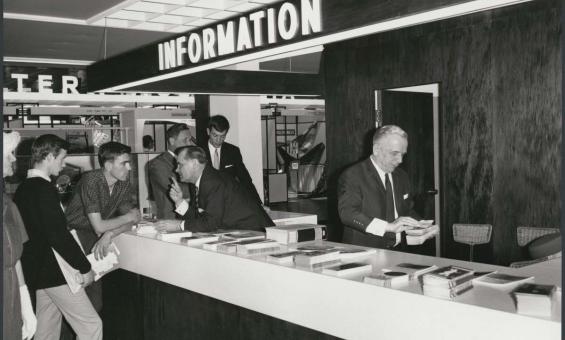
Wolfgang Sievers, Information desk at German stand, Exhibition Building, Melbourne, Victoria 1966, nla.gov.au/nla.obj-161478886

Wolfgang Sievers, Information desk at German stand, Exhibition Building, Melbourne, Victoria 1966, nla.gov.au/nla.obj-161478886
![A yellowed sheet of paper with the headline '[Co]nventional Lies of the Anti-Federal Party'. The 'C' and 'O' of the word 'conventional' is missing as the corner of the page has been torn off. The very small text is set out in four columns](https://www.library.gov.au/sites/default/files/styles/related_event/public/images/2024-11/collection-manuscript-lies-anti-federal-nla-obj-135107257.jpg?h=c6b67ce7&itok=FFRwD5Hf)
(1899). Conventional lies of the Anti-Federal Party, nla.gov.au/nla.obj-135107257
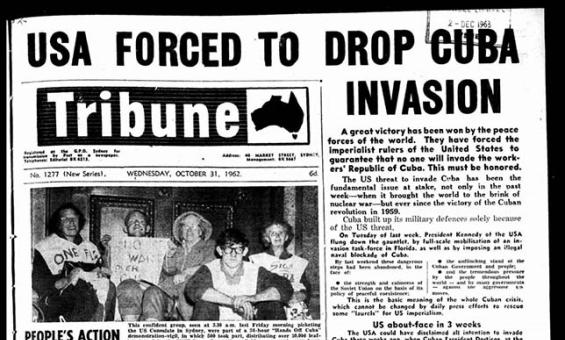
(1962, October 31). Tribune (Sydney, NSW : 1939 - 1991), p. 1, nla.gov.au/nla.news-page25610837
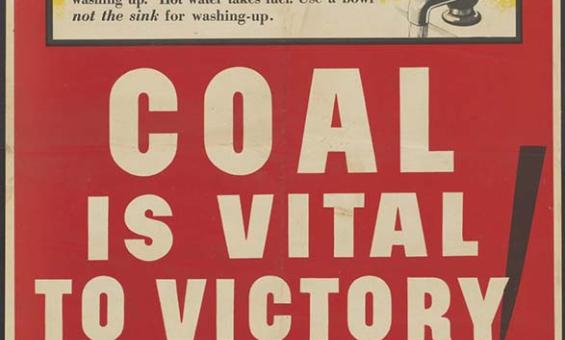
Commonwealth Coal Commission from New South Wales. Department of Health. & Commonwealth Salvage Commission (Australia). & Commonwealth Coal Commission (Australia), Coal is Vital to Victory!, from [Posters Relating to the Australian Civilian War Effort During World War 2]. nla.gov.au/nla.obj-2633341080
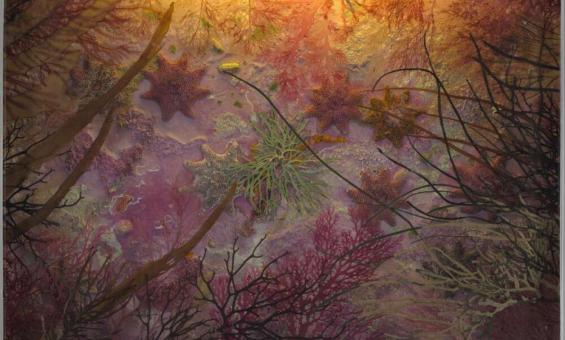
Jeannie Baker, Hidden Forest, Endpapers, nla.gov.au/nla.obj-971313378
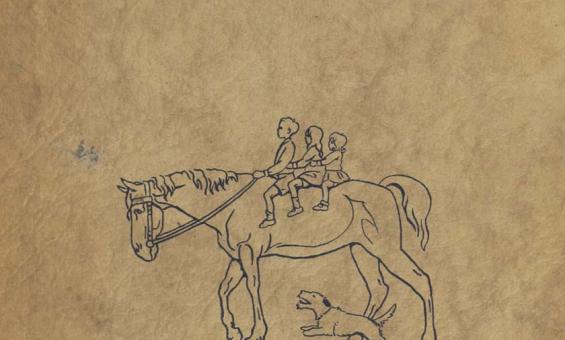
Ruth Hawker & Nora Young, Us three outback, 1932, nla.gov.au/nla.obj-3589536